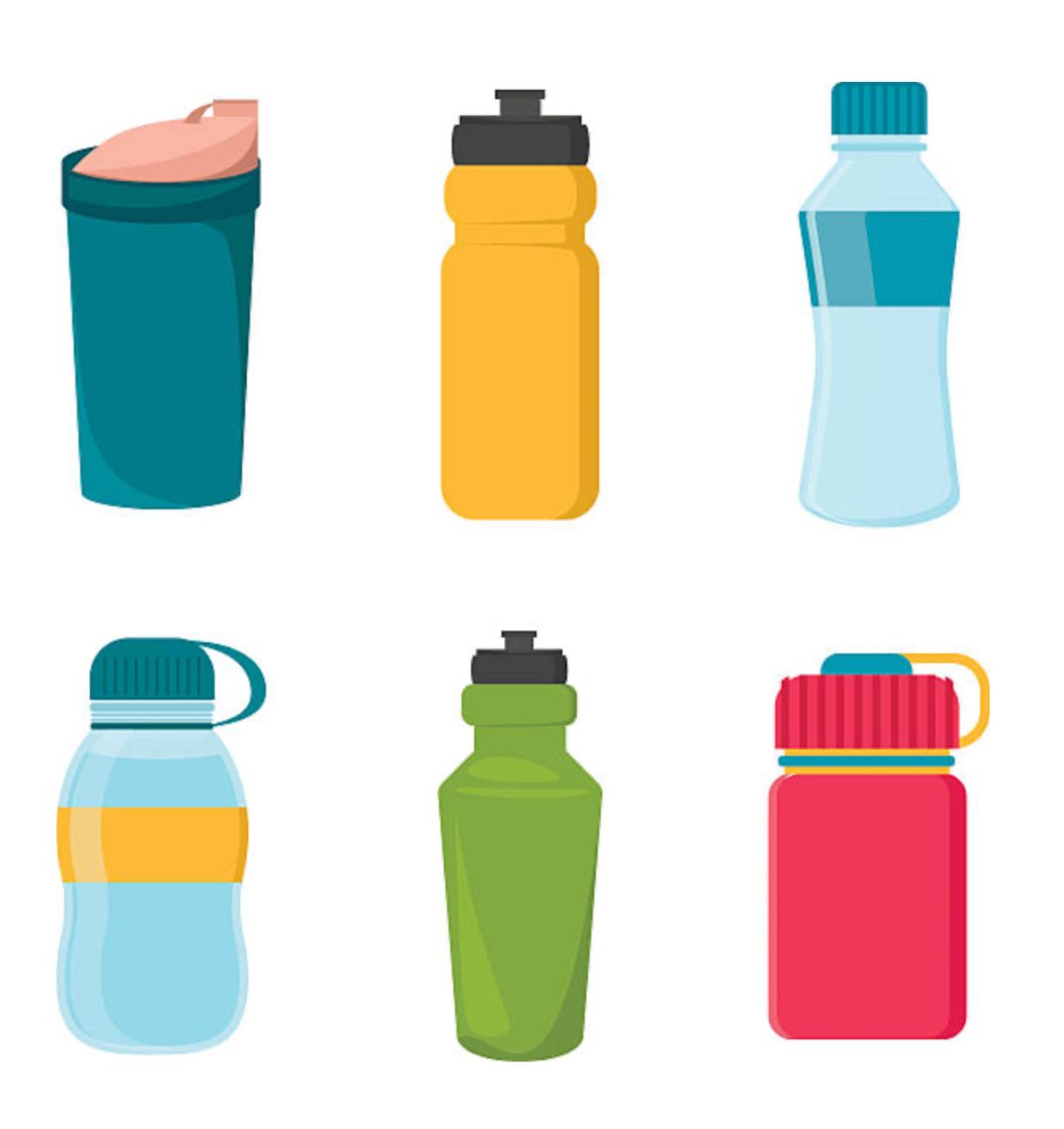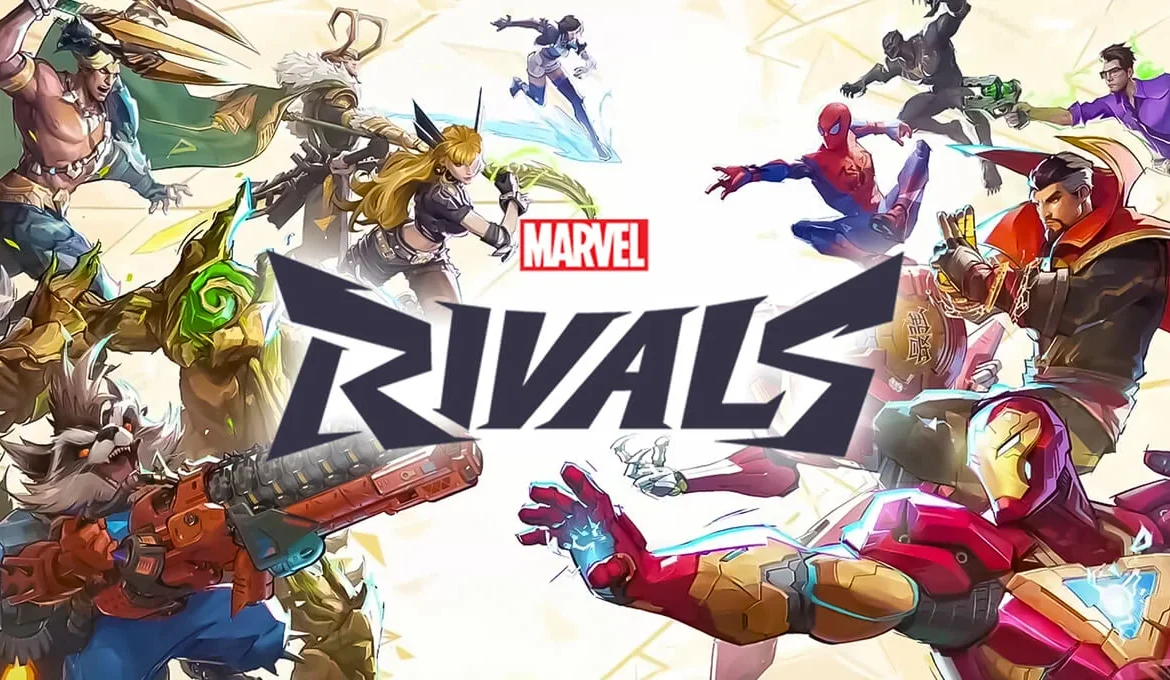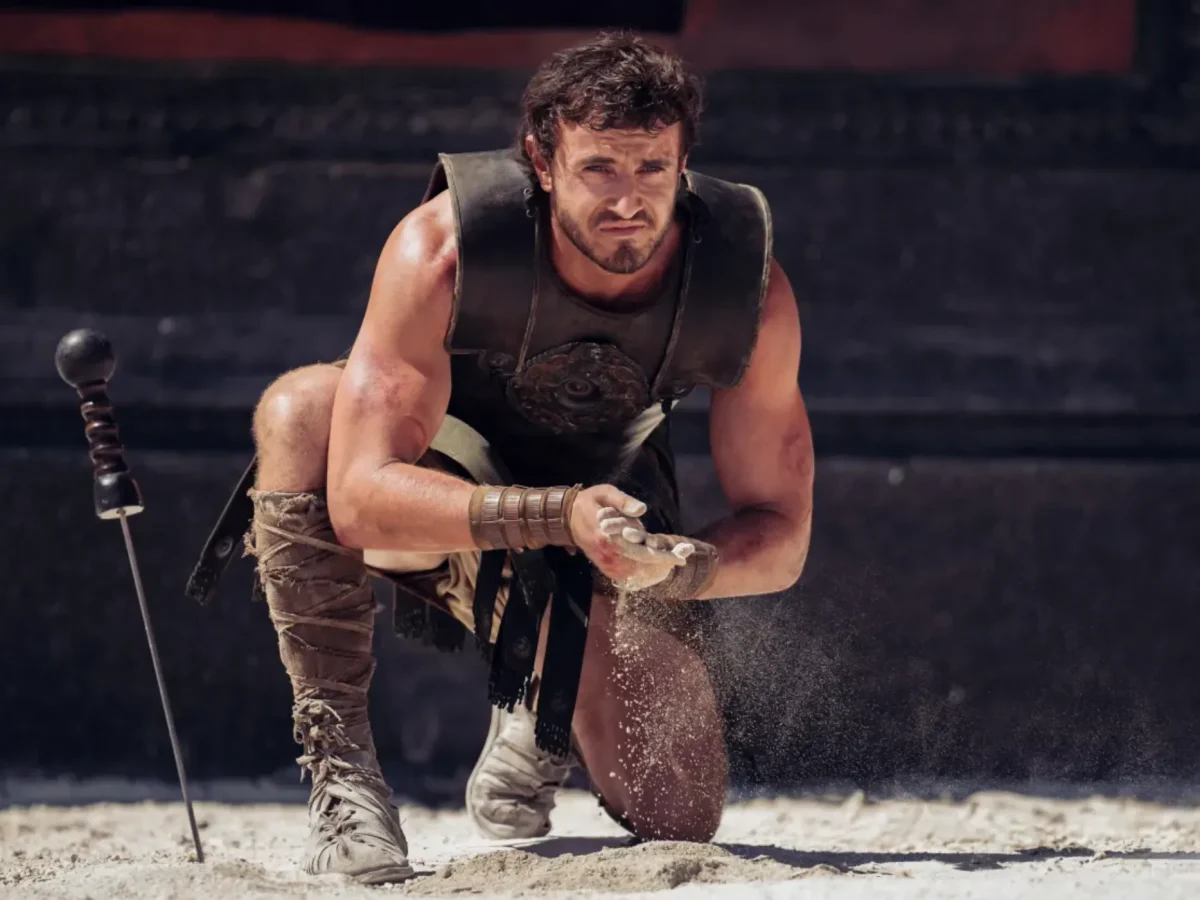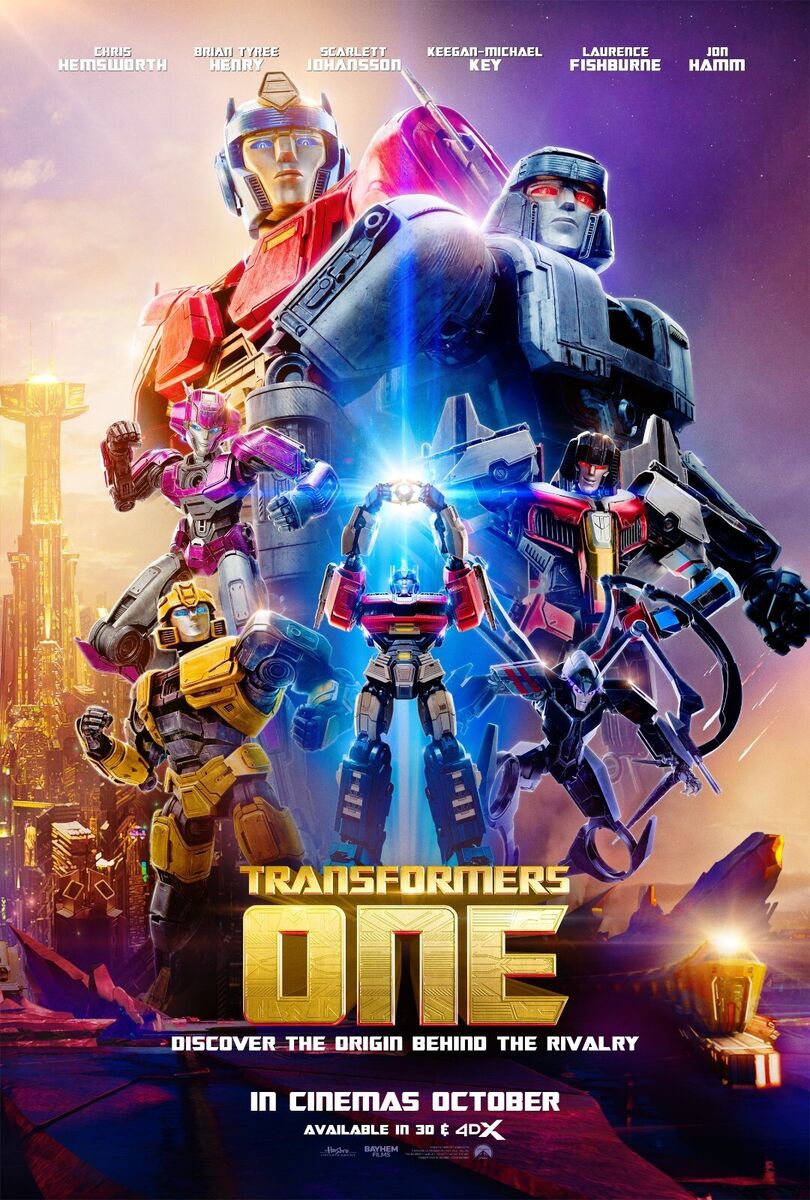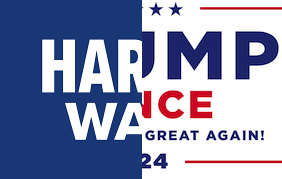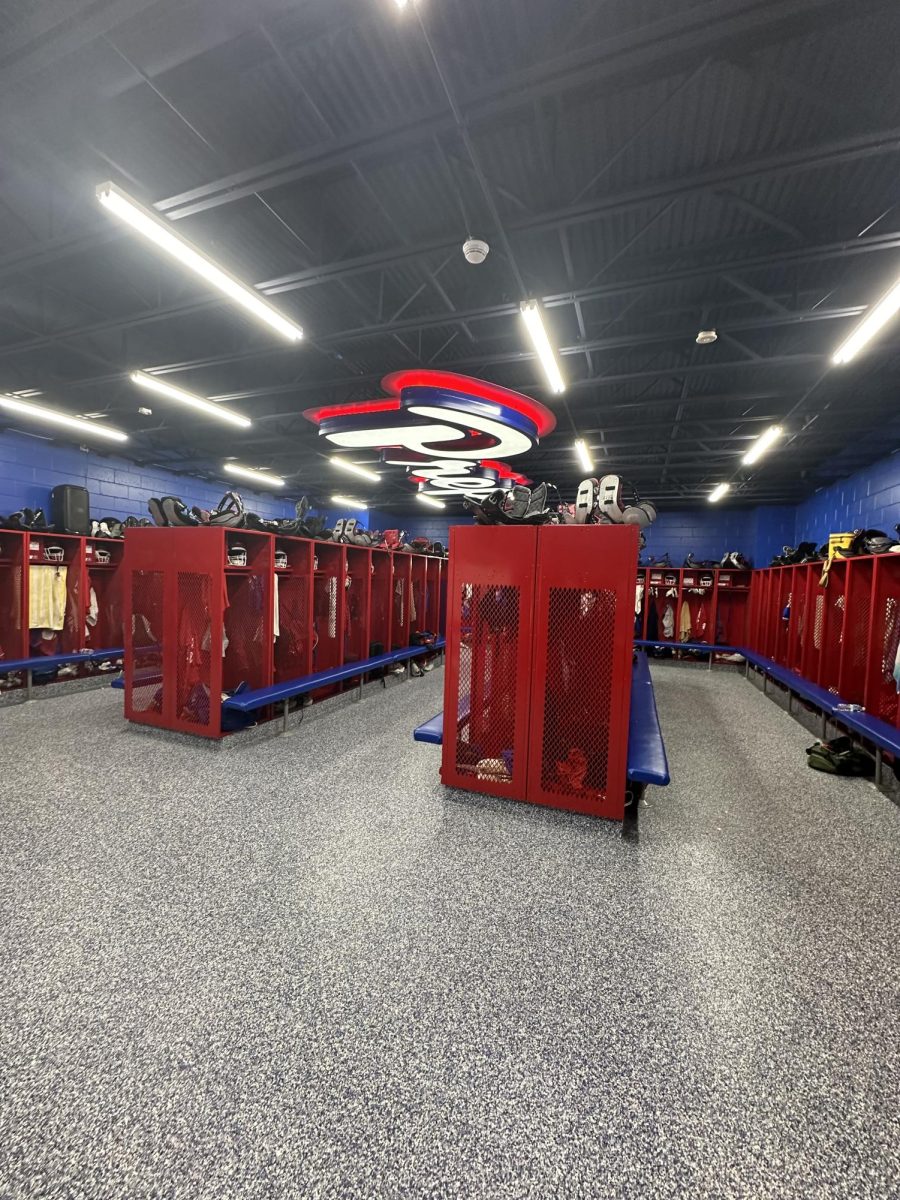Hydroflask? Stanley? Owala? Which water bottle you tote has become an indication of your ability to keep up with the latest trends. But, where did our obsession with water bottles start? Water bottle trends can be traced back to the 1970’s with the Nalgene Water Bottle, this water bottle stayed in popularity for 3 decades, until the early 2000’s and the rise of Camelbak Eddy. Unlike the Nalgene, the Camelbak Eddy was replaced very quickly by the S’well, which gave way to the Yeti, and so on and so forth. The Hydro Flask, however, began a new chapter in the water bottle obsession. It was seen as the perfect water bottle because of its excellent temperature retention, a convenient straw lid, and its ability to easily fit into a car’s cup holder. The Hydroflask also helped to pioneer another trend: the aesthetic water bottle. The VSCO girl is a trend which is inseparable from the Hydro Flask. However, the water bottle did not remain in the spotlight forever. With its convenient handle, 40 oz frame, straw, wide variety of colors, and ability to keep ice frozen for two days, the Stanley Tumbler took the world by storm.
One main proponent to the skyrocketing success of the Stanley was the use of Tik Tok in advertising. A viral Tik Tok video chronicled the story of a girl whose bottle not only survived a car fire, but was found with ice still floating inside. Most recently, the Owala has taken center stage in the battle for water bottle popularity. The Owala features a wide assortment of colors ranging from bright neons, pretty pastels, and patterns. It can be considered the best of both worlds: the shape of a Hydro Flask mixed with the luxury of a straw featured in the Stanley. Additionally, the Owala is much smaller than either of the aforementioned bottles. This allows for convenience and ease of carry, not as prevalent in the Stanley or Hydro Flask. The Owala is just the latest in a string of impulse buying, trend-dependent purchases. It seems as though the purpose of a reusable water bottle has been lost due to the imperative placed on buying the most cool, TikTok affiliated source of hydration.
But why is this an issue? The problem lies in the fact that these water bottles are meant to last a lifetime, and thus are made to be used in such a way. When consumers buy water bottles based on the trends, use them until they’re out of style, and then buy an additional water bottle, the intent of an “environmentally friendly” water bottle is lost. In a 2009 article, The New York Times reported that the production of stainless steel bottles requires seven times the amount of fossil fuel, emits 14 times more greenhouse gasses into the atmosphere, and requires hundreds of times more metal resources when compared to the production of plastic water bottles. Additionally, most water bottles are made of stainless steel, which takes up to 1000 years to decompose. Some may argue that owning one bottle and being faithful to it is not an issue, and that might be true. However, many Americans own way too many reusable water bottles. In fact, the average American owns 7.24 reusable water bottles. And this issue isn’t going anywhere, to the contrary, it is growing. The international reusable water bottle market was worth approximately 10.05 billion dollars in 2023, and is projected to grow to 15.61 billion dollars by 2032.
While the intention of reusable water bottles is undoubtedly goodhearted, the reality is that the use of social media has created an epidemic of microtrends and overconsumption. To return to the original goal of a reusable water bottle, consumers should consider which bottle fits their lifestyle more and purchase accordingly. Not only will this save the consumer money, but it will also help contribute to a healthier planet in the future.



